Interview: AI for product development – recipe for success of the AI Marketplace
The AI Marketplace was launched in January 2020 with the aim of establishing an ecosystem and a platform of the same name for artificial intelligence (AI) in product creation. Marc Foullois, research associate at the Fraunhofer-Institute for Mechatronic Systems Design IEM, explains in detail what is behind the term product creation and why AI is of particular importance in product creation.
What is the AI Marketplace?
In the AI Marketplace we are working on a digital platform that brings together AI experts, solution providers and manufacturing companies. This platform will be successively expanded to include functionalities that will enable us to jointly develop AI solutions for product creation and supply. At the same time, an innovation ecosystem of stakeholders for artificial intelligence in product creation will be established.
In the AI Marketplace, product creation is thus a thematic focus. Why?
This is absolutely obvious to us, since many project partners, such as the Heinz Nixdorf Institute, prostep ivip, the Fraunhofer IPK and also the Fraunhofer IEM, have many years of experience in the field of product creation. However, our motivation also stems from the fact that until recently, product development has received very little attention in research in the field of artificial intelligence. For this reason, a strong consortium has been formed, which brings comprehensive expertise in the field of AI, product creation and related areas.
How would you explain product creation?
Product creation describes all activities from the idea of a product to the start of production (SoP). This includes different areas such as strategic product planning, product development, service development and production system planning. In addition, there are also other cross-sectional processes such as PLM or quality management.
Does this mean that product creation and product development are not the same?
Exactly, in contrast to product creation, which describes the activities from the idea to the SoP as described above, product development is to be understood as the part of product creation that develops the technical solution. Product creation is classically described with the V-Modell, which is a process model. This starts at the top left of the “V” with the requirements for the system to be developed, followed by the development phases system design, where the system is conceptualized, the, domain-specific design, where the work is carried out in the different disciplines such as mechanics, electrical engineering and software, and the system integration and the verification and validation of the system, which results in a fully developed product. Accordingly, product development is an essential part of product creation, but is not equal to it.
Artificial intelligence seems to be the panacea for the industry. What potential do you see for product development?
This does not come out of the blue at all. There are now some studies that predict enormous potential for product creation. Reduction of development costs by up to 15%, shortening of time-to-market by up to 50% and an increase in productivity of 0.8 to 1.4%, to name just a few of the figures. But these studies should be treated with caution. Concrete challenges posed by AI applications must be solved or supported and the added value of these applications must be determined. Only then can we evaluate whether the forecasts are realistic.
And how should artificial intelligence be implemented in product creation?
The important thing here is to expand our expertise. We are talking about a field in which up to now almost exclusively research institutes and corporations such as IBM and Google have been active. Manufacturing companies should not claim to be the only ones active in this field. Such research projects like the AI Marketplace offer companies the opportunity to gain experience with AI applications. The areas of application range from AI-supported service engineering to automatic labeling of video data and AI-supported feasibility studies. Furthermore, the partners also have the opportunity to initiate cooperations for future AI projects. In the AI Marketplace, we strive to create an ecosystem of stakeholders around a platform, so that providers and users are brought together beyond the project framework.

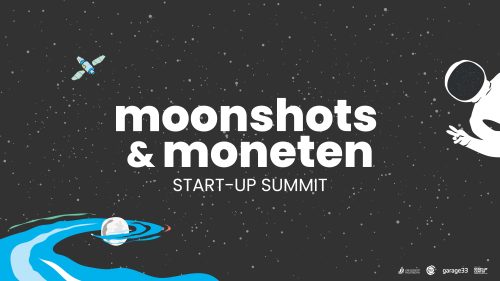


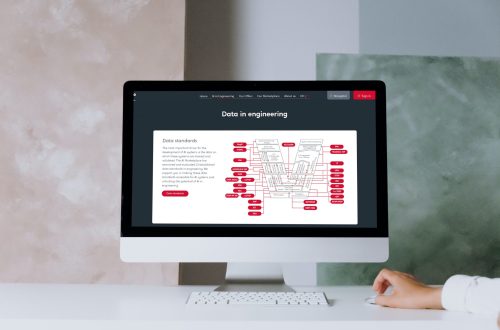

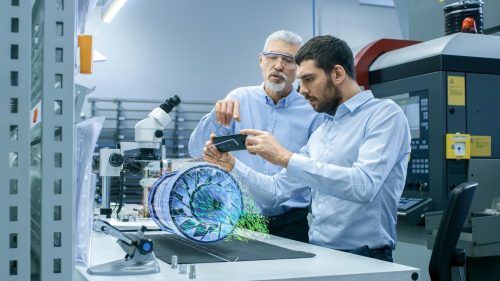
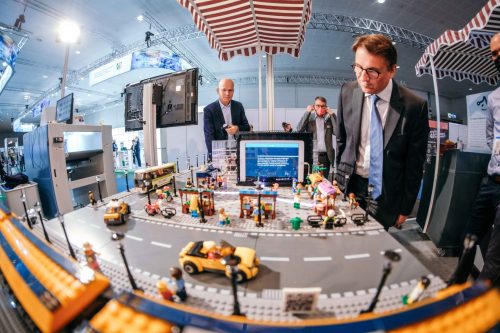





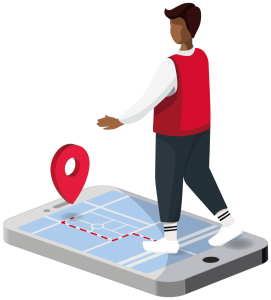 Let us show you interesting and helpful content in the quickest way possible.
Let us show you interesting and helpful content in the quickest way possible.